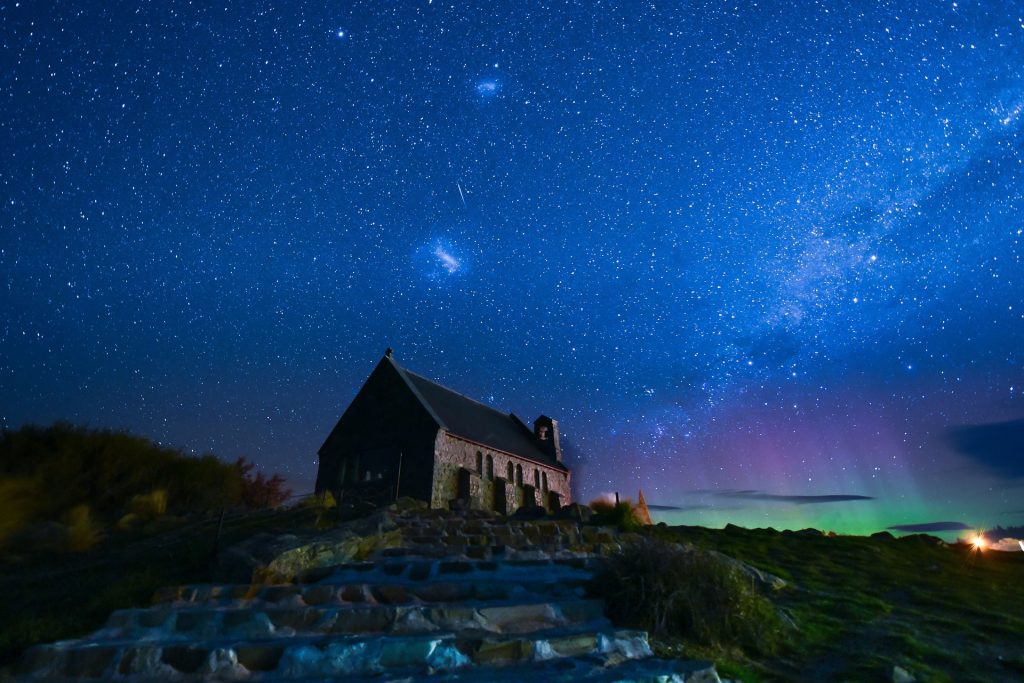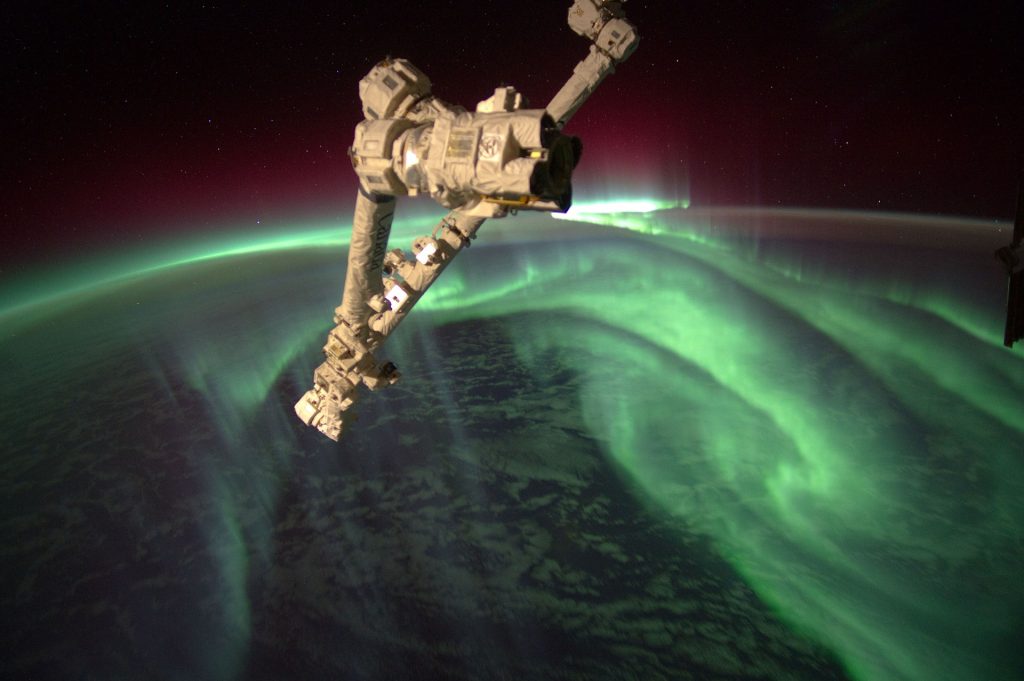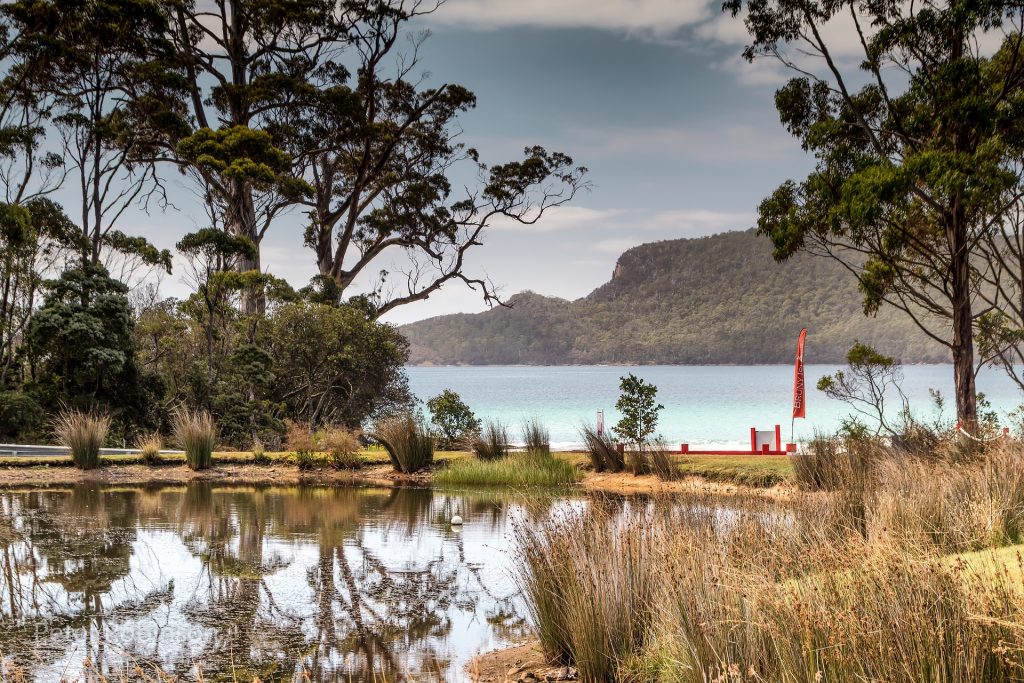Southern Lights (Aurora Australis) Viewing Guide
Between March and September each year, those lucky enough to live in or travel to New Zealand have a chance to see the Southern Lights in person. For those in Tasmania, they can be seen all year round. However, there is no perfect time to catch them and no guarantee it will happen. In fact, oftentimes there is as little as a 30-minute heads-up that they will be visible.

What They Are
But what are the Southern Lights? The Northern Lights or Aurora Borealis are probably better known. Yet, the Aurora Australis (Southern Lights) is an exciting natural wonder in around the south pole. An aurora is an electrically charged particle that creates brilliantly colourfully lights in the sky. Once they enter Earth’s atmosphere, they react with the gases there. This causes the colourful lights to occur. The colour depends on the different gases as well as the timing of interacting with the gases. The molecules current electric state plays a big role as well as the type of gases.
Best Chance to See Them
To see them, it’s important to have a very dark sky with few, if any, obstacles on the horizon. Go to a location fairly far away from the city or at least have a southern horizon that has no buildings, trees, or other obstacles in the way to block out the phenomena. Mind you; bright city lights can wash them out as well. Even though artificial lights can play a factor in not being able to enjoy the Southern Light display truly, natural moonlight can be detrimental as well. Therefore, it’s better to try and view them when the moon is waning - especially in its third quarter or during a new moon. Pay attention to announcements and aurora alerts about when to expect them. Those wanting the best chance to see the lights should consider taking digital photographs during the event because often the brilliant colours can’t be seen with the naked eye.
The Best Places To Find Them
The Southern Lights can be seen in New Zealand and Tasmania. The further south one travels, the more likely they are to see them. This amazing wonder happens near the south pole. That’s why one wants to be as far south as possible to increase their chances of viewing the lights.

New Zealand:
Stewart Island:
It’s a national park and has very little light pollution. That can make it a great option. However, weather conditions can change quickly, which is a drawback.
The Catlins:
This area is pretty much the furthest south you can get on the mainland and get away from artificial light.
Tasmania:
Satellite Island:
It’s an islet off of Bruny Island. In fact, it was named specifically due to its excellent viewing of the night sky and stargazing.
Bruny Island:
Practically obvious that if Satellite Island is an excellent location, Bruny Island should be as well. There is little light pollution or larger buildings to block the view of the horizon and night sky.

Cradle Mountain-Lake St. Clair National Park:
An excellent location because there are flat, mirrored lakes. That creates a gorgeous setting to see the Southern Lights.
The Central Highlands:
This is another excellent location because it is very flat and the mountains don’t block the view.
Well Worth the Journey
Making the trek to see the Southern Lights is well worth the experience. It’s a once in a lifetime for many people. Going on such an exciting journey, travellers should be truly prepared, especially when going to more rural areas. Therefore, they should check out Yakima for transporting their adventure gear from bicycles to surfboards to camping gear.
Last updated: 3rd October 2018